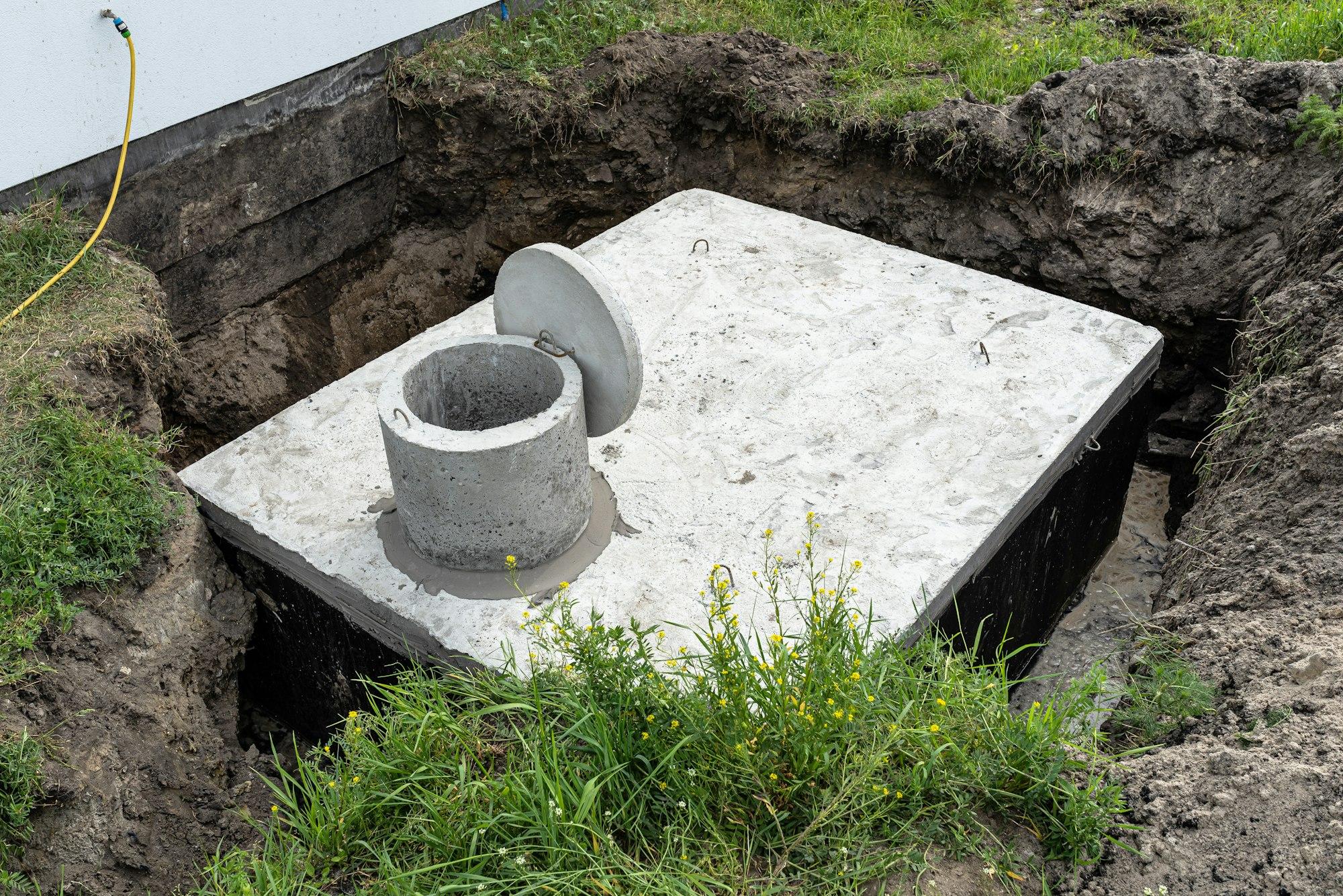When it comes to managing waste in residential and commercial properties not connected to municipal sewer systems, understanding the intricacies of septic tank plumbing, sewer line repairs, and septic system installation is essential. These components form the backbone of an effective, sanitary, and sustainable waste management system. Whether you're a homeowner maintaining your septic system or a contractor looking to upgrade infrastructure, having expert insight into these systems can save money, prevent environmental hazards, and ensure long-term functionality.
Understanding Septic Tank Plumbing
At the heart of any private waste disposal system lies the septic tank plumbing. This infrastructure includes all the pipes, fittings, and valves that transport wastewater from a building’s plumbing fixtures into the septic tank. The primary function of this system is to ensure smooth, uninterrupted flow from bathrooms, kitchens, and laundry rooms into the septic tank for processing.
The septic tank plumbing starts with drain lines inside the house that collect blackwater (from toilets) and graywater (from sinks, showers, and washing machines). These lines funnel waste through a main drain line that exits the home and leads to the septic tank buried underground. One critical aspect of septic tank plumbing is ensuring the proper slope and diameter of the drain pipes. Poor installation can lead to blockages, slow drainage, and eventual system failure.
Another key component is the use of cleanouts—access points along the plumbing lines that allow for easy inspection and clearing of clogs. Periodic maintenance of these lines, along with attention to what gets flushed or poured down drains, can significantly prolong the life of the entire system.
The Importance of Timely Sewer Line Repairs
Even in homes with septic systems, there are lateral sewer lines that connect interior plumbing to the septic tank or to municipal sewer mains, depending on the setup. Over time, these lines are subject to wear, root intrusion, corrosion, or misalignment. That’s where sewer line repairs become crucial.
Common signs that you may need sewer line repairs include:
-
Gurgling noises in drains
-
Foul odors around your yard or basement
-
Slow drainage across multiple fixtures
-
Wet or soggy patches in your yard above the sewer line path
Ignoring these warning signs can lead to raw sewage backups, environmental contamination, and significant property damage. Professional sewer line repairs often begin with a video inspection of the pipe using a sewer camera. This diagnostic tool allows plumbers to pinpoint the problem without unnecessary excavation.
Depending on the severity and location of the damage, sewer line repairs can involve snaking and clearing blockages, replacing collapsed sections, or in more advanced cases, using trenchless repair methods such as pipe bursting or slip-lining. These modern techniques allow for minimal disruption to landscaping while restoring full functionality.
Septic System Installation: Planning for Longevity
When building a new property or upgrading an outdated waste system, septic system installation is a vital step that demands professional expertise. A well-designed septic system can last for 20 to 40 years or more, provided it’s properly installed and maintained.
The process of septic system installation begins with a site evaluation and soil percolation test. These tests assess how quickly water drains through the soil and help determine the appropriate size and type of septic system required. Key components of the installation include:
-
Septic Tank: Made of concrete, fiberglass, or polyethylene, the tank must be large enough to accommodate the household’s daily wastewater volume. It should be installed level and at a proper depth to allow gravity-fed waste flow.
-
Drainfield (Leach Field): This is the area where treated wastewater is dispersed into the soil. The design must take into account soil type, landscape slope, and water table levels to prevent system failure and groundwater contamination.
-
Distribution Box and Piping: These components evenly distribute effluent from the tank into the drainfield. Precision in layout and pipe slope is critical during septic system installation to avoid pooling and backflow.
Local regulations often govern septic system installation, requiring permits, inspections, and adherence to environmental standards. Attempting DIY installation without proper knowledge can result in costly fines and eventual system failure.
Best Practices for Maintenance and Long-Term Care
Proper care doesn’t stop after installation or repair. Both septic tank plumbing and the overall system need routine maintenance. Pumping the septic tank every 3 to 5 years helps prevent solid waste from entering the drainfield and clogging the soil. Avoid flushing non-biodegradable items, grease, or harmful chemicals that can damage the bacterial balance in the tank.
Additionally, monitor trees and shrubs planted near the septic system, as roots can infiltrate and damage pipes, leading to frequent sewer line repairs. Installing root barriers and choosing shallow-rooted plants can help mitigate this risk.
Conclusion
In conclusion, investing in quality septic tank plumbing, timely sewer line repairs, and expert septic system installation is critical for homeowners and businesses reliant on onsite wastewater treatment. With thoughtful design, professional execution, and ongoing maintenance, you can ensure your system remains efficient, compliant, and environmentally friendly for decades to come.
Let your septic system work for you—not against you—by understanding these foundational components and relying on experienced professionals to keep things flowing smoothly.
